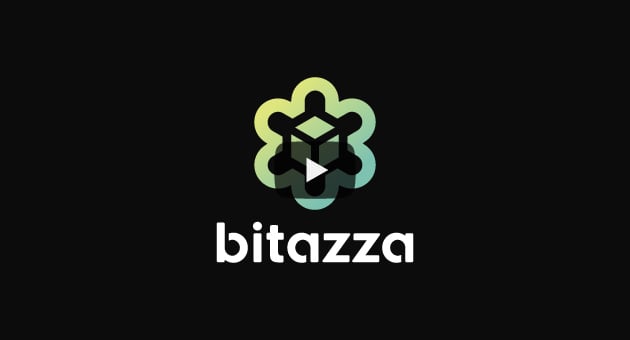
Mastering Money Management Based on the Risks of 4 Coin Categories
Although it is said that cryptocurrencies are volatile, in reality, each type of coin or token has different levels of risk and volatility. This affects both investment portfolios and traders’ money management. Let’s learn how we can categorize these risks and identify the differences to help you make more informed decisions.
Bitcoin and Ethereum
Bitcoin and Ethereum are major coins that crypto traders and investors around the world include in their portfolios, and they are also likely targets for institutional investors if approved for the Spot ETF. These two are considered to have lower risk and volatility levels due to their long-standing acceptance and continuous long term growth. Therefore, traders and investors tend to allocate a higher proportion of their investments in Bitcoin and Ethereum. Even in the case of a wrong trade direction, it’s still possible to maintain average costs due to the high demand and long-term acceptance, allowing for higher levels of investment without much worry.
Large Market Cap Coins
Coins in this category have a market cap ranging from level 3-50. Although they may not be as well-known or accepted as Bitcoin and Ethereum, they have gained some recognition from investors and users. Some of these coins have been around for nearly a decade with ongoing projects and mostly belong to Layer-1 blockchain providers. While they may still be volatile, these coins have been relatively stable. While the risk and volatility of coins in this group are higher, they still represent a sector with plenty of growth potential. Some of these are backed with institutional investments. Traders and investors interested in these coins could allocate a portion of their portfolio and average it down if necessary, but they should not invest too heavily.
Midsized Tokens
Tokens in this category are notable for not having their own chains and may exist on a different blockchain for various purposes. These include governance tokens for DeFi or GameFi platforms, or tokens designed for utility within a platform. The risk levels of these tokens are higher because they belong to decentralized application (dApp) platforms that are still relatively new. These tokens may exhibit high growth potential at the right moments, such as metaverse-related tokens that grew rapidly during the trend, but their prices can also drop quickly once the trend fades. These tokens are highly volatile and risky. Traders and investors looking to buy and sell should only allocate a small proportion of their investment, must be very good at timing market trends and technical charts, and if a trade goes wrong, they must cut losses immediately.
Meme Coins and Fan Tokens
Coins and tokens of this type are considered high risk because they have no utility and are created solely for speculation, with high volatility. Traders should focus only on short-term speculation. As these coins and tokens are not viable long-term investments, cut the losses immediately if the trade goes wrong to reduce risk.
In summary, coins with lower risk allow traders to allocate higher investment proportions and average down the cost. However, for higher risk coins or tokens, traders should only allocate a small proportion of their investment and must practice cutting losses to reduce risk and prevent potential losses from wrong trades.
More from Blockchain
Bitazza Token Listing Announcement: STX — Get to Know Stacks
We’re excited to announce that Stacks (STX) is now listed on Bitazza! You can now buy, sell, and trade Stacks along …
Getting Started with DeFi Protocols
What is DeFi Protocol? A DeFi Protocol, or Decentralized Finance Protocol, is a system within the decentralized finance (DeFi) space that …
What was the excitement after the approval of the Bitcoin ETF?
Many new investors may still be wondering whether the approval of the Bitcoin ETF by the U.S. SEC is a …
























